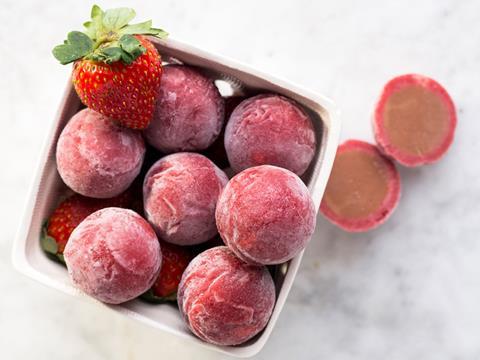
Just for a moment, the food industry thought it had found its holy grail when it comes to sustainable packaging. The concept of creating ‘edible’ packs had been talked about for years, but no one had ever really mastered it. Then, in 2012, along came a Harvard professor, and suddenly the concept became reality: an edible packaging solution that actually seemed to work, the WikiPearl, was launched and everything was going to change. WikiPearl raised the prospect of a future free from packaging.
Yet, aside from some bespoke products sold in Paris at a specially set up ‘WikiBar’ (WikiPearl and the WikiBar both belong to the company WikiFoods set up by the aforementioned Harvard academic David Edwards), the edible packaging never found a home on shelves. It soon vanished and people forgot about it.
“One could argue that the same environmental results could be achieved by using other recyclable or compostable packaging”
Until this year. The WikiPearl has burst back into the limelight thanks to US organic yoghurt brand Stonyfield, which has announced it will use it as the packaging for a new product line, Frozen Yoghurt Pearls (see image above). So is this sign that edible packaging has finally arrived and is here to stay?
Regrettably, experts believe the second wave of excitement about WikiPearl is likely to result in disappointment once more. The problem isn’t that the Stonyfield product does not work. In fact, the WikiPearl is an example of incredible imagination and sophisticated engineering.
“The skins are made from natural food particles, an alginate and nutritive ions,” explains Stonyfield marketing communications manager Kristina Drociak. “Electrostatic forces [are used] to create the protective skin. The innovative skin technology is inspired by the way nature packages fruits and vegetables - like the skin of a grape or a coconut.”
Eric Freedman, senior vice president of sales, marketing and business development at Wikifoods, adds that the idea of and development for the concept was a collaborative effort.
“Following an enlightening conversation about ‘tensegrity’ with Ken Snelson, a New York sculptor, Dr Edwards wondered whether it would be possible to design food and beverage packaging like nature designs fruits and vegetables,” he explains. “What followed was a longer reflection with Harvard students around the possibility of transporting water in ways inspired by our biological cell. Edwards then pursued his research in collaboration with designer François Azambourg and biologist Don Ingber.”
Just under four years after first showing the resulting concept at an exhibition in Paris, Stonyfield came calling. Nine months of development later and the first large scale commercialisation of the WikiPearl hit the market in March this year.
“Stonyfield Frozen Yogurt Pearls are exquisitely delicious treats that are a first of its kind - organic frozen yoghurt dessert wrapped in organic fruit skins. [They] are a giant step towards realising our dream of a truly sustainable package,” says Drociak.
No health and safety issues
The pearls are available in six flavours, and Freedman and Drociak stress health and safety is not an issue.
“We have extremely rigorous health and safety protocols that are vigilantly followed in our manufacturing process,” says Freedman. “We perform pre-operative sanitation inspections daily including ATP and allergen swabbing and we perform full microbiological testing on all our finished product lots using a certified laboratory.”
And yet the product comes with a significant catch. As secure and rigorously checked as production is, retailers aren’t keen to stock it in its ‘naked’ state. While the Stonyfield products are currently stocked in four Boston area Whole Foods Markets and are now rolling out into 50 stores in the North East US and New England, the yoghurt pearls are not being sold in their skins alone.
“Currently the retailers are not quite ready to place the products in a bulk environment to truly deliver on the no-packaging proposition, so we have packed the pearls in a food-safe 100% biodegradable sugarcane and cellulose outer package,” says Drociak.
Indeed, retailers may never accept the product as a standalone shelf product, suggests Freedman. The solution? Retailers need to rethink how their products are sold on a much more fundamental level.
“We envision a merchandising solution that is completely package-free: whether from a served bar situation like a gelato bar, or a bulk option in the freezer where consumers can fill their own containers. Foodservice and catering also provide a great channel for package-free solutions. We are working with retailers to advance some of these unique merchandising options,” he says.
But there are further issues surrounding WikiPearls that still need to be addressed. Dr Benjamin Punchard, global packaging insights director at Mintel Group, says the innovation is limited by the fact the skin is part of the product, not a separate packaging solution.
“I think in this case the WikiPearl falls somewhere between being packaging and being product. Take the Stonyfield frozen yoghurt example. The skin is flavoured so that you get flavour combinations (eg a chocolate frozen yoghurt in a coconut skin). This is changing the product into something new both in flavour and texture - so is it frozen yoghurt in edible packaging? Or is it a new type of edible product? This is something that limits its use: how many products can be packaged this way without changing what the product is?”
How green is it?
Chris Peach, head of packaging and design at Marketing Sciences, pinpoints another problem: how green is the packaging in reality?
“WikiPearls’ outer ‘skin’ has to be manufactured using materials and energy, as does the cellulose bag in which the individual portions are contained, and one could argue that the same environmental results could be achieved by using other recyclable or compostable packaging,” he says.
To this, Freedman has a ready response. “Just like any on-ramping of new production, at the scale of manufacturing we are operating at today there is definitely room for efficiency optimisation. But with the right partner and volumes we are confident we can navigate to an extremely efficient operation,” he says.
Stonyfield and Wikifoods are tight-lipped about future expansions or developments of the WikiPearl product. It’s possible they have more tricks up their sleeves, but the issues in terms of retailers stocking the pearls and the massive leaps in technology that would have to be made to adapt the product to other food products could make further applications limited.
The team behind WikiPearls has unquestionably got closer to delivering a packaging-free solution than anyone before, but for those wishing for an edible packaging revolution the wait looks set to continue.



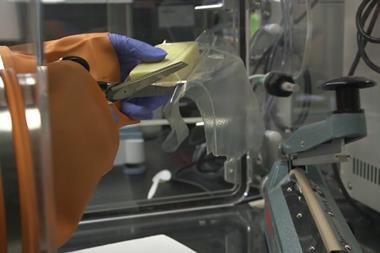

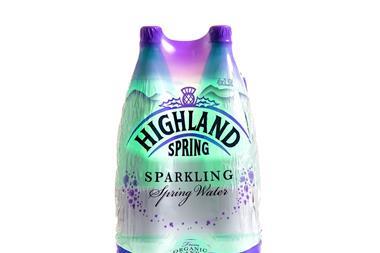

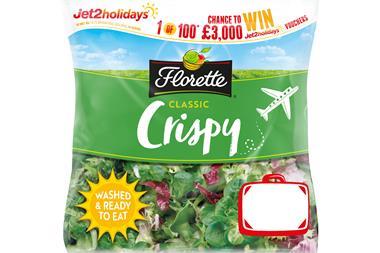
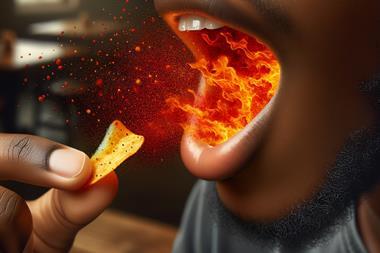
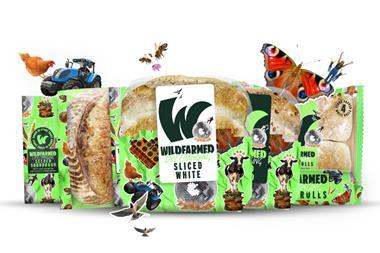

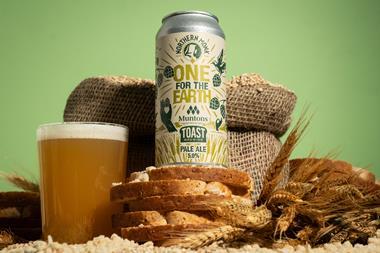
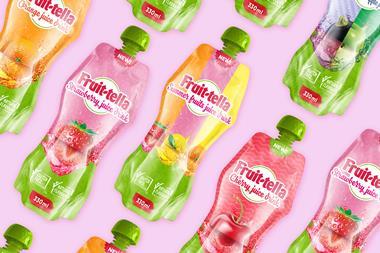

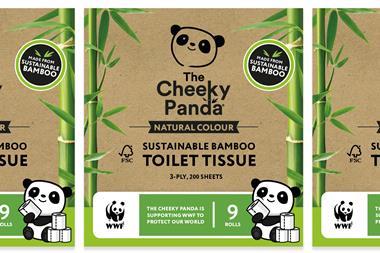
1 Readers' comment